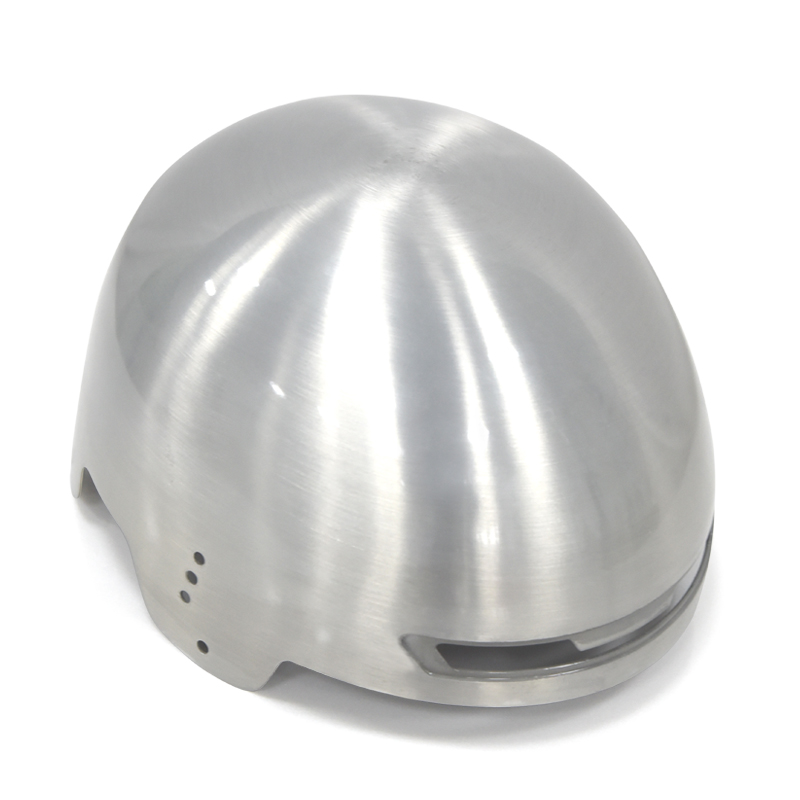A helmet is a tool to protect the head. From 2020, the traffic law stipulates that riding a motorcycle without a helmet will be punished. Usually, people resist wearing helmets because they are heavy. Manufacturers are now applying magnesium alloys to make helmets lighter.
The magnesium alloy die-casting thixotropic helmet is lighter than other materials. It can not only solve some of the existing shortcomings, but also has a good impact buffering effect, and is comfortable to wear, wash and disassemble freely. It is also very convenient to replace, the surface is easy to paint, has high-temperature resistance, is waterproof and moisture-proof, is durable, has heavy pressure, the seat does not change, and it is easy to recycle.
In recent years, the industry’s demand for lightweight materials has also increased. As a structural material, magnesium alloys have small specific gravity, high specific strength and specific stiffness, good thermal conductivity and electrical conductivity, excellent damping, and electromagnetic shielding. Therefore, it is widely used in automobiles, electronics, communications, and other industries, and is known as “green engineering materials in the 21st century”.

According to the different forming processes, magnesium alloy materials are mainly divided into two categories: cast magnesium alloys and wrought magnesium alloys. The former mainly obtain magnesium alloy products through casting. Including sand casting, permanent casting lost foam casting, die casting, etc. Among them, die casting is the most mature and widely used technology. The latter, on the other hand, produces plate, rod, tube, profile, and forging products of various sizes through deformation. And through the control of material structure and the application of the heat treatment process, higher strength, better ductility, and better mechanical properties can be obtained, so as to meet the needs of more structural parts. In addition, the semi-solid forming of magnesium alloys has also been widely studied and applied as a new casting technology.
Wearing a helmet is a way to protect your head. Choosing a good helmet is also the key. Follow us to recommend a suitable helmet for you.
-

- Magnesiumseoksesta valmistettu tukkupyörä 3–5-vuotiaille 12 tuuman lasten pyörä OEM halvalla
-

- Magnesiumseoksesta valmistettu painevalupyörä ebike-pyörälle
-

- Magnesium alloy die-casting Auto parts Side step Running board
-

- Die cast magnesium parts laptop housing cover D
-

- Magnesiumtiksomovausosat UAV-kotelo
-

- Magnesiumseoksesta painevalettu sähköajoneuvon moottorikotelo

 0086-750-5616188
0086-750-5616188 +86 13392089688
+86 13392089688 sales@zhongmei-tech.com
sales@zhongmei-tech.com







